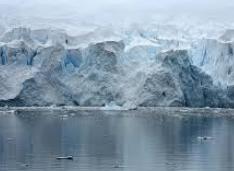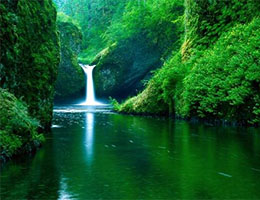natural environment


Is named natural environment to the land that has not been altered by humans; that is, it is presented as it was created by the nature. Since the presence of man always, in one way or another, ends up modifying the environment, the notion is often used to name a region of particular importance for its natural characteristics.
In the strictest sense of the concept, the natural environment is an uninhabited area (or, at least, not massively inhabited), whose space it is not organized. An example of a natural environment, in this way, is the Antarctica. On this continent, located at the south pole, there are no cities: there are hardly any scientific and military bases installed. The people, therefore, did not substantially modify the landscape or the natural characteristics of the place.
It is important to note that the definition of a natural environment is not strict. A Beach located next to a fishing village, where there are some buildings and minimal infrastructure, it can be considered a natural environment. The idea does not imply the absolute absence of people or the non-existence of human works. In addition, urban development throughout the planet means that there is no totally natural place that has not received any effect from the actions of people, since the planet's own atmosphere Land It has changed over the course of history.
Two concepts that can be used synonymously with natural environment They are A natural space Y natural landscape. In addition to the examples set out above, we can also consider within this group certain tropical forests where humans do not use the fireAlthough he does travel around them for food gathering and hunting, and the same is true for some mountains.
In other words, one of the determining factors to know if an environment is natural is how populated it is by settlements Humans: if the density is very low, or if people go through it but do not remain in it or affect it in a considerable or irreversible way, then we can consider it natural. Of course, we are getting closer and closer to the total disappearance of spaces of this type, since our species ruthlessly advances on every corner of the planet in search of resources.

The natural environment classification is very broad, and in it we find the parks (group in which are nationals, regionals and natives), the Bookings (both scientific and comprehensive) and monuments.
There is a list of requirements that a space must fulfill to be considered a natural environment:
* it must represent some geomorphological or natural geological formation, some ecosystem or natural landscape;
* must play an important role in the conservation of ecosystems, guaranteeing the continuity of the evolution of species that depend on it, as well as the balance of the environment;
* It must contribute to the conservation of animal or plant communities, necessary to prevent any of its species from disappearing.
Leave a Reply